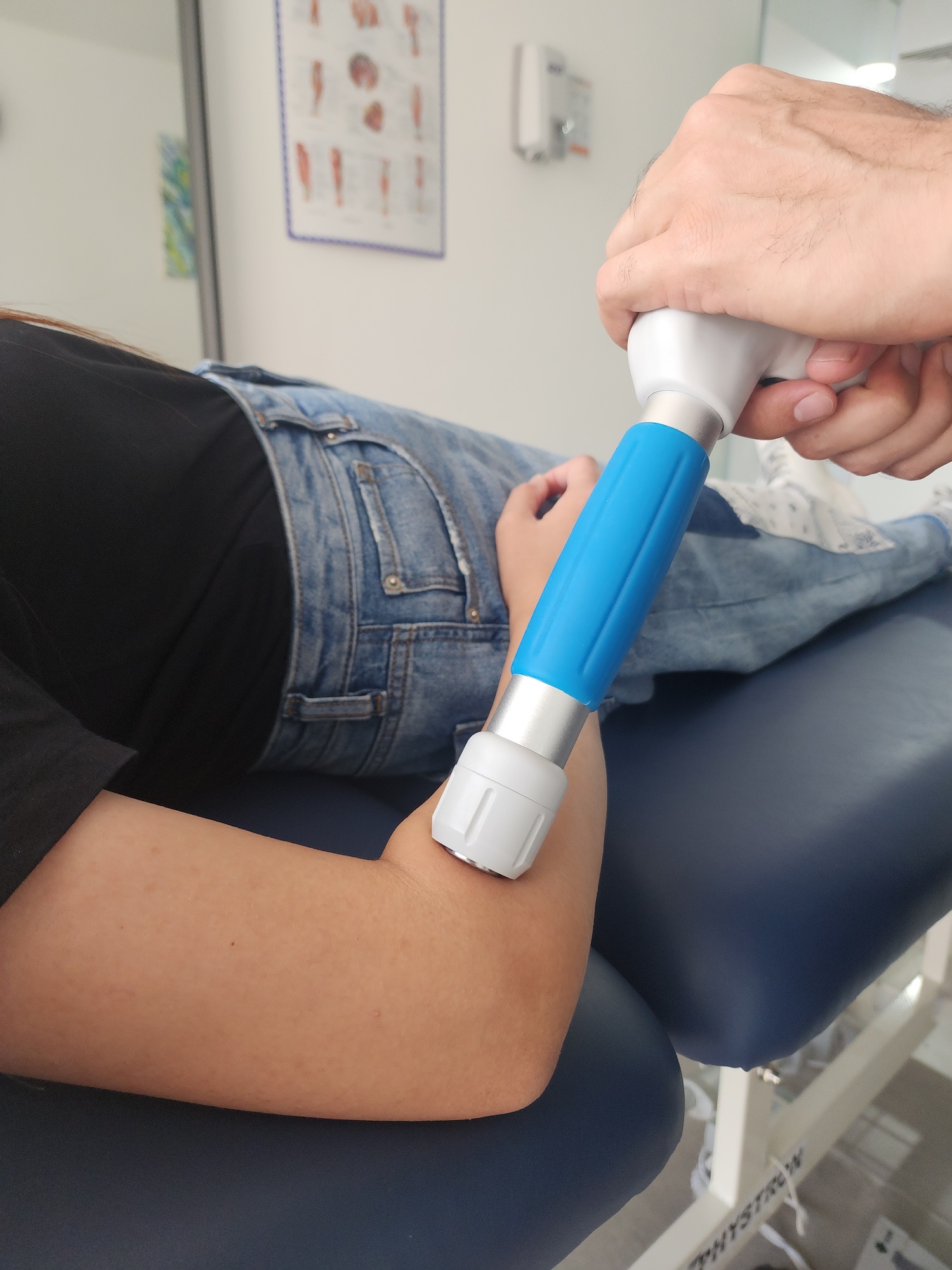
What is Shockwave Therapy
Shockwave therapy, also known as extracorporeal shockwave therapy (ESWT), is a non-invasive treatment modality utilized by physiatrists for the management of musculoskeletal disorders.
This therapy entails the application of high-energy acoustic waves to stimulate the affected tissues, thereby fostering healing processes and alleviating pain. The generation of these shockwaves can be achieved through various means, including electrohydraulic, electromagnetic, or piezoelectric sources.
The mechanism of action of shockwave therapy involves the induction of biological responses at a cellular level, leading to enhanced blood circulation, stimulation of tissue regeneration, and reduction of inflammatory processes.